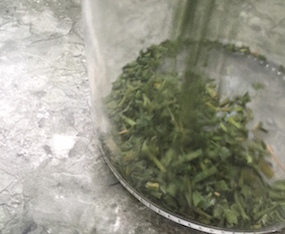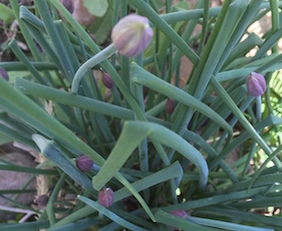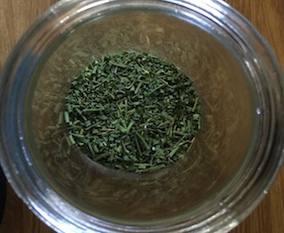Northline Farms
What do I do With Currants?Black currants are native to central/northern Europe and northern Asia. Red currants are native to western Europe. There are also white currants but they are an albino version of red currants.
It's a fast growing shrub that grows up to 6 feet. Currants naturally have pectin, which make them suitable for jams and jellies. Black currants were banned at one time in the eastern US. They share a common disease with white pine and to reduce these losses many states did not allow for currants to be planted. More recently, with newer, disease resistant cultivars being bred, many states are lifting their limitations on growing so that more parts of North America can enjoy their flavour and nutrition. Interestingly, in WWII, Britain being short on oranges, supplemented children's diets with black currant to ensure they received enough vitamin C, likely, this is responsible for the significant production and uses in Britain to this day.
|
|
|
Come See Us |


